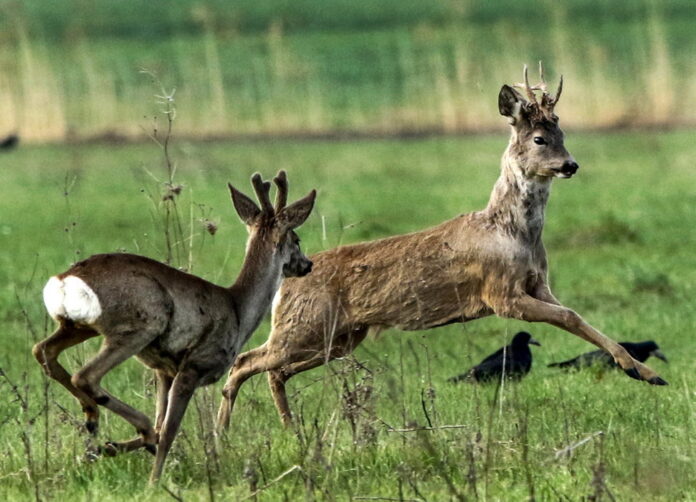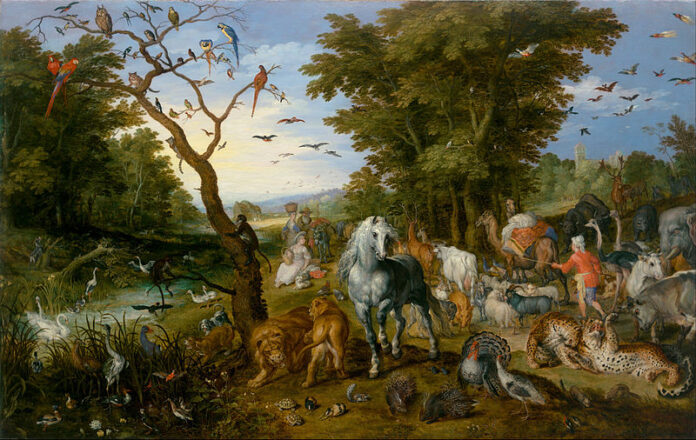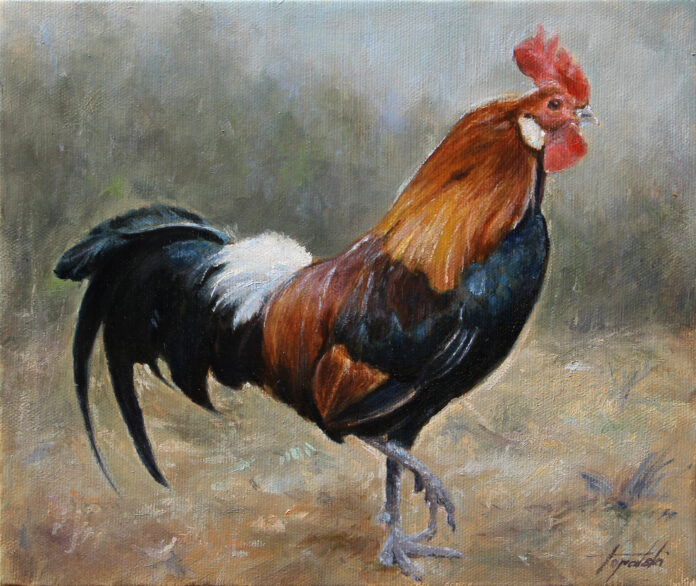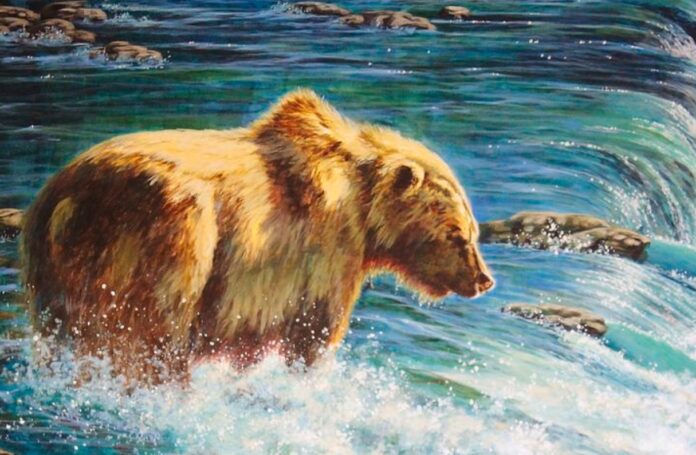Animal paintings are a popular subject in the art world and have been depicted in various forms throughout history. From the prehistoric cave paintings of Lascaux to the modern-day masterpieces of contemporary artists, animals have been a source of inspiration for painters. Animal paintings can depict a wide variety of creatures, from domestic animals like dogs and cats to exotic wildlife such as lions and tigers. Some paintings may capture the animal’s physical features in great detail, while others may aim to capture the essence of the animal’s character or spirit.
Continue to read the importance and types of animal paintings.

Have a look at the importance of Animal Paintings
- Animal painting is a form of art capturing the essence of animals in paintings. From ancient cave paintings to modern-day paintings, animal painting has been a prominent part of artistic expression. This painting has gained popularity for several reasons, including their aesthetic value and their ability to communicate meaning. The aesthetic value of animal painting lies in its ability to capture the beauty and majesty of the animal world. Animals are a source of fascination and inspiration for many artists, and their beauty and grace are often depicted in paintings.
- Artists often use different techniques and styles to convey the beauty and complexity of the animal kingdom. Some may opt for a realistic approach, while others may choose to use abstract or impressionist techniques. Colours, textures, and patterns are also important elements that artists use to bring animal paintings to life. The colours and textures used in animal paintings can also be used to create a sense of depth and dimension, which can add to their aesthetic appeal.
- It can also hold a symbolic or metaphorical meaning. For example, a painting of a bird in flight may represent freedom or the spirit of adventure, while a painting of a lion may symbolize courage or strength. These paintings also have the ability to communicate meaning. Throughout history, animal paintings have been used to convey religious, social, and cultural meanings. In many cultures, animals are considered to be sacred, and their depictions in paintings are often associated with spiritual or religious beliefs. For example, in ancient Egyptian culture, the God Anubis was often depicted as a jackal, and his image was used to represent death and the afterlife.
- Animal paintings can be used to tell stories and convey messages. In many cultures, animal fables and folktales are used to teach moral lessons and convey important cultural values. It can be used to illustrate these stories and bring them to life. For example, the story of the hare and the tortoise teaches the value of perseverance, and the image of the two animals racing can be used to illustrate this lesson.
- It can be used to document and preserve the history of animal species. Many animal paintings from the past have provided valuable information about the appearance and behaviour of animals that are now extinct or endangered. These paintings have been used by scientists and researchers to study the evolution of different animal species.

Continue to read the types of animal paintings
There are many types of animal paintings that have been created throughout history, each with their own unique style and purpose. Some of the types of animal paintings are –
- Wildlife Art – This type of animal painting focuses on the portrayal of animals in their natural habitats. The goal is to capture the essence of the animal and its environment, often with a high level of detail and realism. Wildlife artists may use a range of techniques to achieve this, form highly realistic renderings to more impressionistic or abstract interpretations.
- Pet Portraits – As the name suggest, these paintings depict domestic animals such as dogs, cats, and horses. They are often commissioned by pet owners who want a lasting tribute to their beloved companion.
- Surreal Animal Paintings – They are a more recent development in animal art, incorporating elements of fantasy and the imagination to create bizarre and otherworldly depictions of animals in unusual or unexpected contexts, or may combine elements of different animals to create hybrid creatures.
- Mythical Creatures – Paintings of imaginary creatures like unicorns, dragons, and griffins fall into this category. They are often highly stylized and incorporate elements of fantasy and magic.
- Hunting Scenes – In the past, paintings of animals being hunted were quite popular. They are often depicted as the excitement and thrill of the chase, as well as the skill and bravery of the hunter.
- Abstract Animal Paintings – It takes a more stylized approach to the depiction of animals, focussing on colour, form, and texture rather than realism. These paintings may be highly abstract, with little to no recognizable features of the animal being depicted, or may incorporate more recognizable elements in a highly stylized manner.
- Animal Studies – These are paintings that focus on the anatomy and physical characteristics of animals. They are often created by scientific illustrators, zoologists, or artists interested in animal anatomy.
- Animal Portraiture – Similar to pet portraits, these paintings feature a single animal as the main subject. However, they may not necessarily by domesticated animals and can include wildlife or exotic animals. These paintings may by highly realistic or more stylized, with the aim of capturing the unique character and personality of the animals depicted.
- Folk Art – Folk art often includes depictions of animals in traditional or cultural contexts. For example, African masks and sculptures often feature animal motifs, and Native American art often incorporates animals as symbolic representations.
- Domestic Animal Paintings – focus on the depiction of animals that have been domesticated by humans, such as dogs, cats, and horses. These paintings often aim to capture the relationship between humans and their animal comparisons, and may be highly realistic or more stylized in their approach.

Conclusion
Animal painting is an important form of art that has been practiced for centuries. Animal paintings are valued for their aesthetic appeal, their ability to communicate meaning, and their role in conservation and preserving the history of animal species. Animal paintings have played an important role in human culture and continue to inspire and educate us about the beauty and majesty of the animal world.





![Calgary’s Hottest Neighborhoods for Luxury Homebuyers [2024]](https://thewashingtonote.com/wp-content/uploads/2024/04/Calgary-324x160.png)



